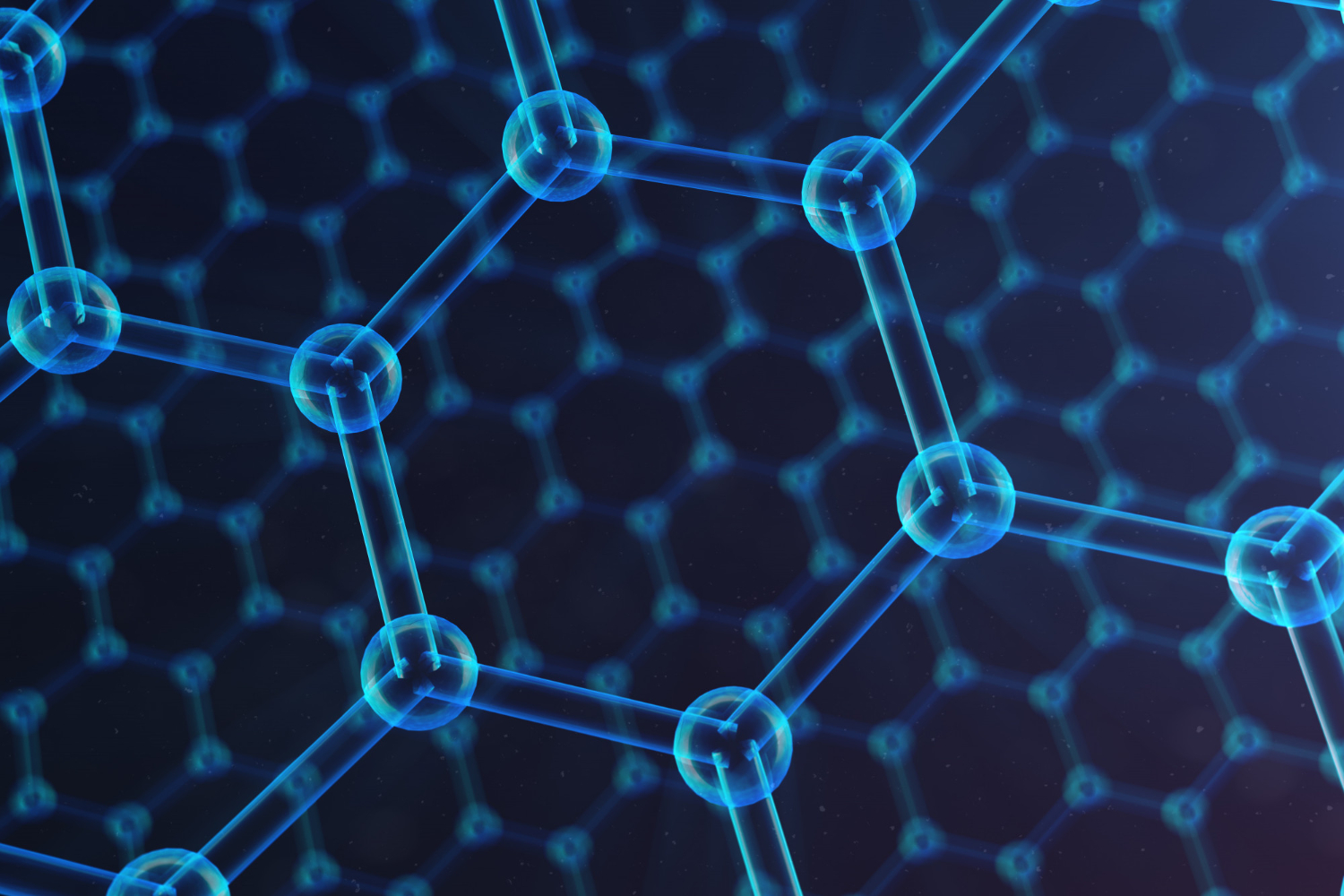Graphene Lithium-ion Battery Technology for EVs
Graphene Lithium ion Battery Technology
People recognize Lithium-ion battery technology as one of the most widely used technologies in electric cars. Safety is one major problem that automakers are trying to resolve in lithium-ion batteries.
A lithium-ion battery’s electrolyte is highly flammable. Any damage to its exterior layers can cause a short circuit, leading to fire or explosion. Someone has added recently an extensive cooling system for lithium-ion EV batteries.
The cooling system requires too much space that is used for energy storage. Recyclability is yet another issue with lithium-ion batteries. It costs a lot to recycle lithium-ion batteries since the bulk of its parts are not biocompatible. Not to mention, the battery power density is low.

Graphene issue – Battery technology
Graphene is a one-atom-thick sheet of carbon atoms with a relative surface area of 2,630 m2/g. It excels at storing charges through extended cycles with practically little deterioration.
Graphene’s bonds make it over four times stronger than steel. Additionally, it exhibits exceptional transparency, flexibility, and conductivity of electricity and heat.
These characteristics make graphene an excellent candidate for both supercapacitors and batteries. Graphene supercapacitors can recharge completely in a matter of minutes, but they cannot store as much energy as a battery.
GAC Group
In 2014, a Chinese carmaker named GAC Motor Co. Ltd. began developing a graphene battery. The business introduced the battery to the public in 2019.
Testing of the battery in actual automobiles began the following year, in 2020. The battery is presently in the testing phase to get ready for its mass production in 2021.
GAC Group has announced that they will start installing these batteries in vehicles from September of the same year.
The battery developed by the company utilizes 3D graphene (3DG) and is commonly known as a super-fast charging battery.
The type of graphene or the precise manufacturing method currently used by GAC is currently unknown. 3DG manufacturing processes intellectual property rights are solely owned by GAC Group.
Graphene – Battery Technology
Graphene aerogel, graphene foam (similar to laser-induced graphene), and many-layered graphene that is extremely similar to graphite and can all be referred to as 3D graphene because it is a general phrase.
These are just some of the possible forms the material could take. As time goes on and more people utilize the battery and we will probably learn more about how it works.
The cost of the graphene utilized in this approach is known to be one-tenth of what it would be if regular procedures were applied, Improved Lithium-Sulfur Battery with Graphene.
Li-S Batteries – Technology
The end of 2021 saw a turning point in the development of graphene hybrid batteries with the statement by the California-based business Lyten said it had developed a graphene battery for electric cars with energy density is three times that of traditional lithium-ion batteries.
These batteries are lithium-sulfur (Li-S) batteries, which have it has heralded long as the upcoming rechargeable battery technology.
However, the problem with real-world Li-S battery applications is the soluble polysulfide species formation during discharge cycles. The intermediate species that diffuse between the anode and cathode bring internal short circuits on.
The shuttle effect, also known as the shuttling effect, is a phenomenon that contributes to low efficiency and quick capacity fading of Li-S cells.
To solve this problem, Lyten added a 3D graphene membrane to the sulfur cathode, which served as a good separator and slowed the rate of cyclic capacity decay.
According to reports, the LytCell EV product has an energy density of 900 Wh/kg. A LytCell prototype can resist over 1,400 charge-discharge cycles.
Reducing battery production costs of EVs – Battery Technology
Since all new sales of gasoline and diesel cars will be banned in Europe, and the U.S. in 2035, there has been a rise in demand for reliable and cheap EVs.
Anaphite, a graphene technology company based in Bristol, has raised £4.1 million in a seed round to help EV Manufacturers overcome key commercial barriers to the use of Li-ion batteries.
The funds will eventually launch licensing negotiations with a cell or material supplier and construct 100 kg/day materials.
Demonstration reactor. By 2028, Anaphite expects that we will use its technology in the production of electric vehicles.
Non-Flammable Li-Battery with Graphene – Battery Technology
Li-ion batteries can catch fire when they are shorted, which has led to questions about their use in Buyers Good.
The Li-ion brings this on battery flammable electrolyte. American company Nanotech Energy has developed a non-flammable Li-ion battery pack made of graphene which is also safe for the environment.
They employed graphene as an electrode material in their Li-battery and developed OrganoLyteTM, a low-cost nonflammable electrolyte.
The battery has an energy density of 162.5 Wh/kg and can last over 1400 cycles (nearly 10 years) at 80% capacity. You can use the battery in any weather and is completely fire-resistant.
Traditional Li-batteries can withstand 300–500 cycles. Currently being developed for military and other electric vehicle applications. Graphene as the future of EVs.
GAC Motors – Battery Technology
When GAC Motors announced its AION V car, which includes a graphene battery with a range of 1000 km and a recharge time of 8 minutes, it represented a breakthrough in graphene batteries.
Since graphene batteries do not overheat or explode, no cooling system is required, freeing up space that could be used for Energy storage.With proper research and development efforts, graphene batteries will have the potential to surpass conventional batteries in the future in terms of adoption.






Leave a Comment